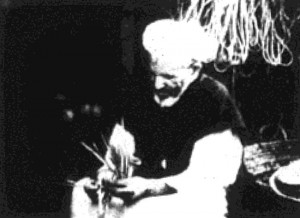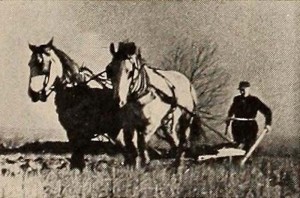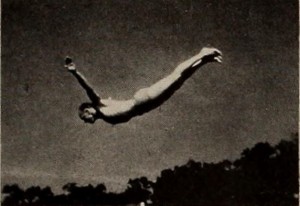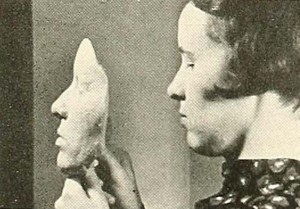"Moroccan Cities, by Gwladys Sills, stands out among amateur travel studies for its very real achievement of that intangible something — glamor. The mystery of shrouded Arabs, the glare of white buildings in the sunlight and the fascinating pulsation of life in the native markets, all these have been captured with marked success in this one reel record. To accomplish this, Mrs. Sills has brought into play a fine feeling for human interest and a genuine flair for the dramatic in photographic, treatment. Her material has been critically edited and sensitively titled, with that selectivity which is an artistic necessity in all real creative work." Movie Makers, Dec. 1936, 542.

"Morocco on my Mind by Maurice Krakower, a PSA member of Glen Head, N.Y. Maurice has taken the subject of a little visited area and made a winning film with a most unusual narrative treatment. This 16-minute 16mm film was awarded the PSA-MPD Gold Medal and the Travel Film Award" PSA Journal, Nov. 1970, 38.

"Charles A. Ferrie, jr., an urban movie maker, has gone back to the land for the beauty and charm of Mother Earth. Here, in carefully filtered and unfailingly well composed shots, he has caught the moist freshness of newly turned soil, the delicate loveliness of waving grain, the quiet dignity of men going about the homely tasks of the farm. His method of subject matter treatment has been to study these things from the outside, as a sensitive spectator, rather than to involve them (and the spectator) in a story told against such backgrounds. Mr. Ferrie's photography is consistently good and often striking, while his sequencing adds much of interest and inspiration to an essentially pastoral subject." Movie Makers, Dec. 1938, 620.

"Henry E. Hird, whose suavity and expertness as a movie maker increase each year, has chosen in his present offering to illustrate one of the cine film's most interesting capacities — its power to analyze motion. Introducing his footage with a lead title assembly finely accomplished with double exposure on moving backgrounds, Mr. Hird has observed and recorded with cinematic sureness such things as what happens when cream is poured into a cup of coffee and is filmed in such manner that the action is greatly slowed down for careful analysis. We watch the mechanics of flying seagulls, in landings and takeoffs. We look at the manner in which crystals are formed from chemical combinations, as well as at opening flowers, by time lapse filming. Smoke rings are shown and there are fine examples of the familiar dives caught in slow motion. Mr. Hird's picture compares favorably with the best slow motion studies of the professional screen, and it presents a number of fresh subjects." Movie Makers, Dec. 1946, 471, 486.
"Exciting times at Southport, as racing cars hurtle around a course laid out on the sands, in this short reel by filmmaker George Jesse Turner. The town has an impressive history of motor racing - before the famous Brooklands circuit opened in 1907, cars raced each other through Southport streets, though this proved too disruptive, and the sport was wisely relocated to the town's sandy beaches." (BFI Player)
"dis. an. didattici"/animated educational doc.

"In Moulage For Masks, filmed for Dr. G. A. Peterson, Dr. James E. Bliss presents with satisfying clarity a step by step study of the procedure of producing the facial masks used to guide the operator in making dental restorations. A logical and carefully prepared script, added to finished camera work and exact editing, has created a color picture that gives an amazing amount of information in brief footage. It is a classroom film of notable competence, both because of the logicality of the cinematic thinking that it represents and because of the successful manner in which it always focuses audience attention on significant action. Carefully written titles integrate perfectly with the sequences, and the whole forms as compact a study as could be produced on this subject. At the same time, an eye for color composition and human interest has made the reel attractive from the layman's point of view." Movie Makers, Dec. 1937, 627.
"Good classroom film describing a method for the construction of facial casts by the use of a rubber like 'Moulage' for the impression. The photographic quality of the film is so good and the subject matter so interesting that the film is far above average. The color of course adds to its attractiveness. Film follows the instructor through the procedure of making a mask." Educational Film Catalog, 1939, 227.
Total Pages: 299